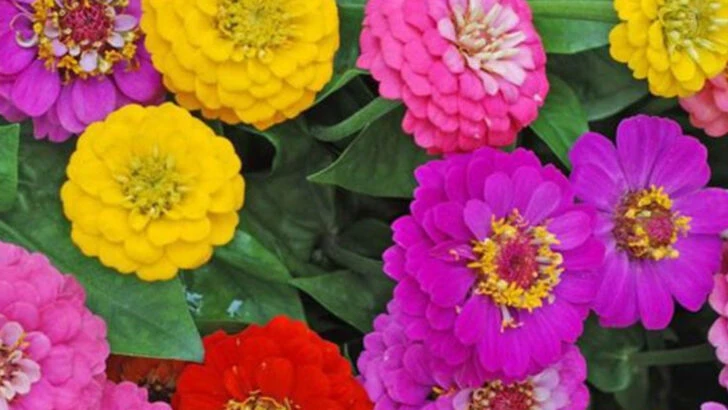There’s something magical about watching butterflies drift through your garden. Their colors, movement, and quiet presence add a layer of beauty that no decor ever could. But if you want butterflies to visit (and stay), the secret lies in what you plant.
In this article, we’re sharing 16 stunning flowers that act like magnets for butterflies. From nectar-rich blooms like zinnias and coneflowers, to native wildflowers that support entire butterfly life cycles, these plants do more than beautify your space—they help pollinators thrive. Bonus? Many of them are drought-tolerant, low-maintenance, and bloom all season long.
At Plantisima, we believe that a garden should be a living, breathing ecosystem. By choosing plants that invite butterflies in, you’re not just growing flowers—you’re creating a sanctuary. Ready to bring more life, color, and movement to your garden? These 16 flowers are the perfect place to start.
Butterfly Bush (Buddleia)
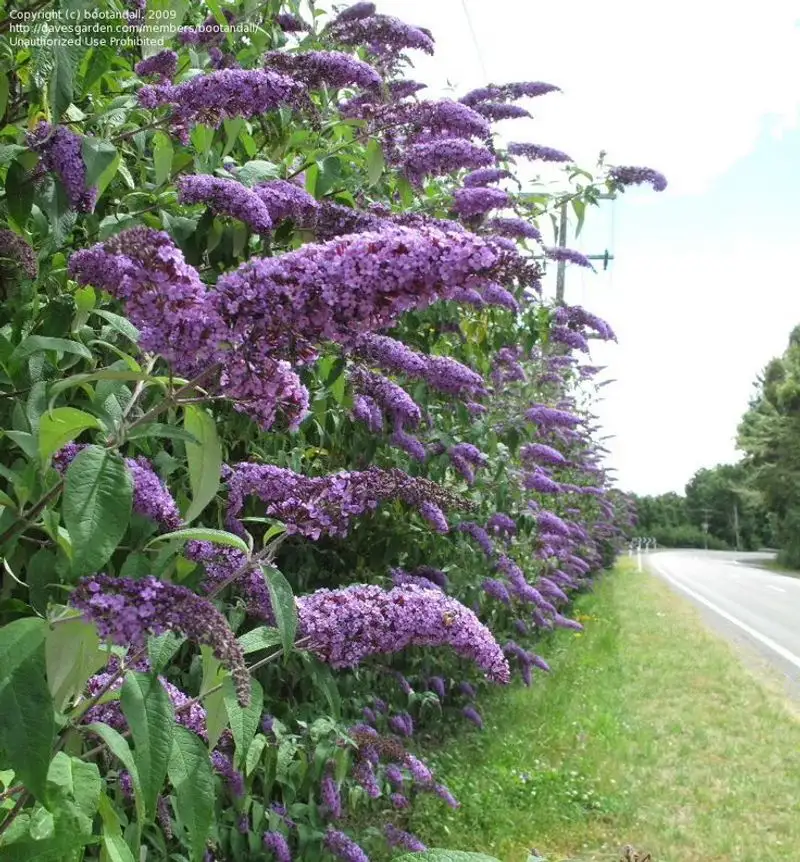
Often dubbed the ‘summer lilac,’ the butterfly bush is a magnet for its namesake. A profusion of sweet-scented blossoms forms the perfect landing pad for butterflies. Known for its resilience, this bush can thrive in various climates, offering gardeners flexibility and ease of care. Its long, drooping stems laden with flowers create a cascade of color, making it a garden standout. Whether you have a large landscape or a small patio, the butterfly bush adapts beautifully, ensuring a continual parade of butterflies throughout the season.
Milkweed (Asclepias)
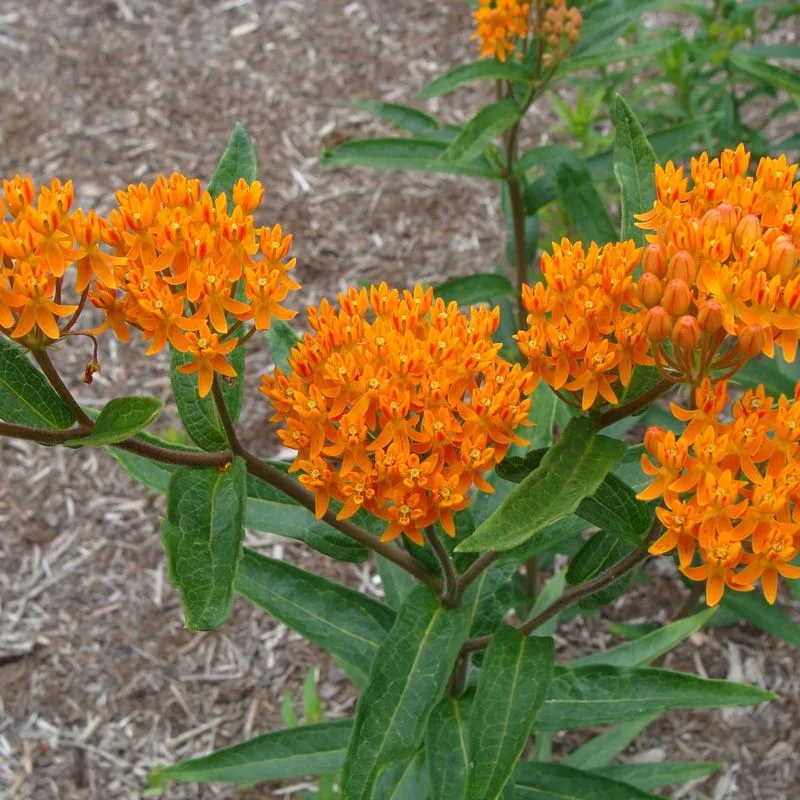
Milkweed holds a special place in the heart of monarch butterflies, serving as a critical host plant for their larvae. The bright, showy clusters of flowers make it an eye-catching addition to any garden. Despite its regal appearance, milkweed is a hardy plant that can withstand drought and poor soil conditions. Its milky sap deters most predators, ensuring the safety of monarch caterpillars. By planting milkweed, you provide a vital sanctuary for these iconic butterflies, supporting their lifecycle and migration journey.
Zinnia
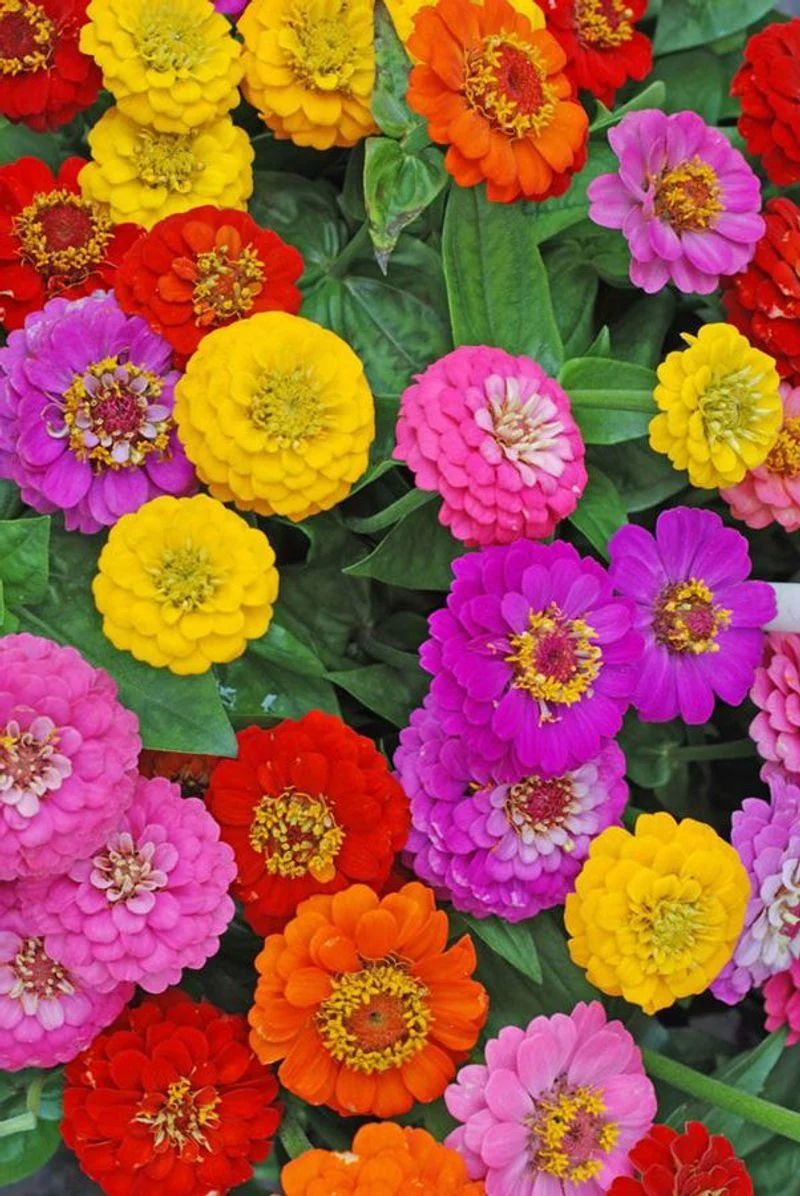
Zinnias are like a box of crayons for the garden, offering vivid colors that attract butterflies in droves. Easy to grow from seed, these annuals burst into bloom from late spring until fall. Their daisy-like flowers stand tall on sturdy stems, providing perfect perches for butterflies. Zinnias are not only beautiful but also resilient, thriving in full sun and resisting drought. Their long-lasting blooms make them perfect for cutting, so you can enjoy their cheerful presence indoors as well.
Lantana
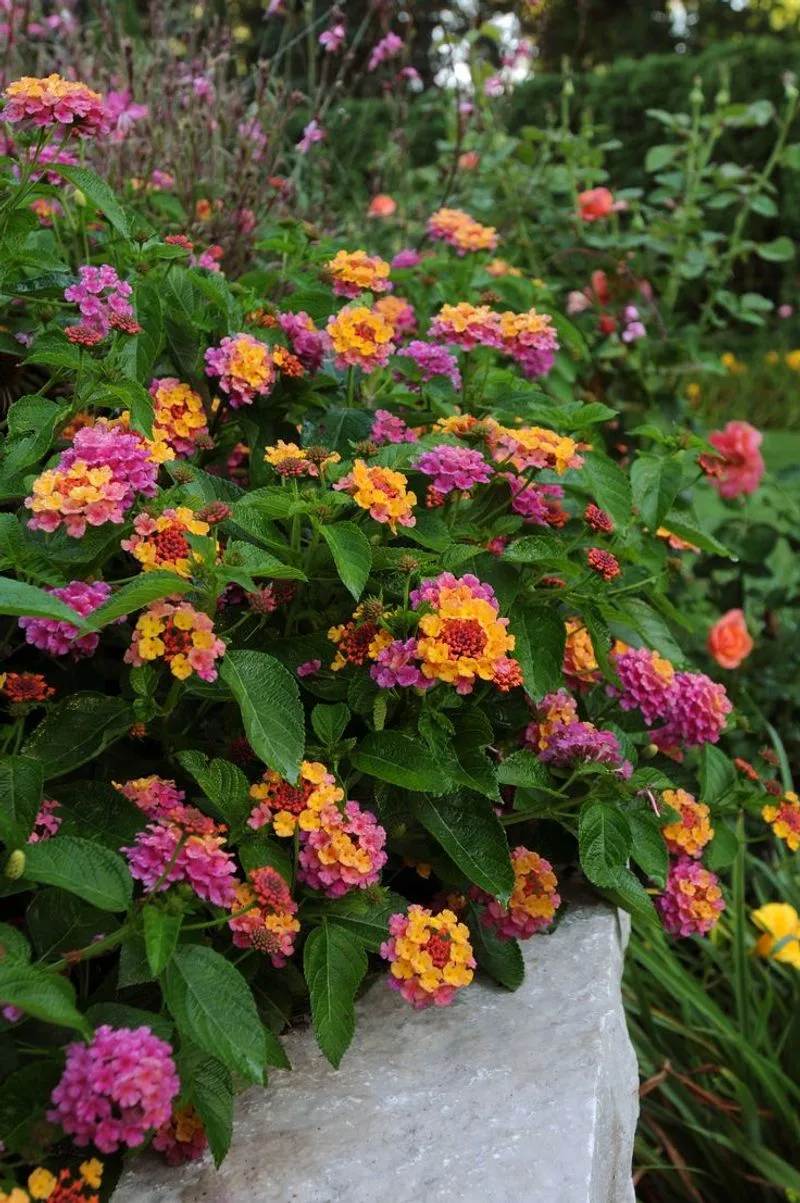
Lantana is a sun-loving marvel with clusters of small, vibrant flowers that are a favorite among butterflies. This hardy perennial can handle heat and drought, making it a reliable choice for sunny gardens. The flowers change color as they age, adding an ever-evolving palette to your garden. Lantana’s ability to bloom continuously throughout the growing season ensures a constant source of nectar. With its low-maintenance nature, lantana is perfect for gardeners looking to create a lively butterfly haven with minimal effort.
Coneflower (Echinacea)
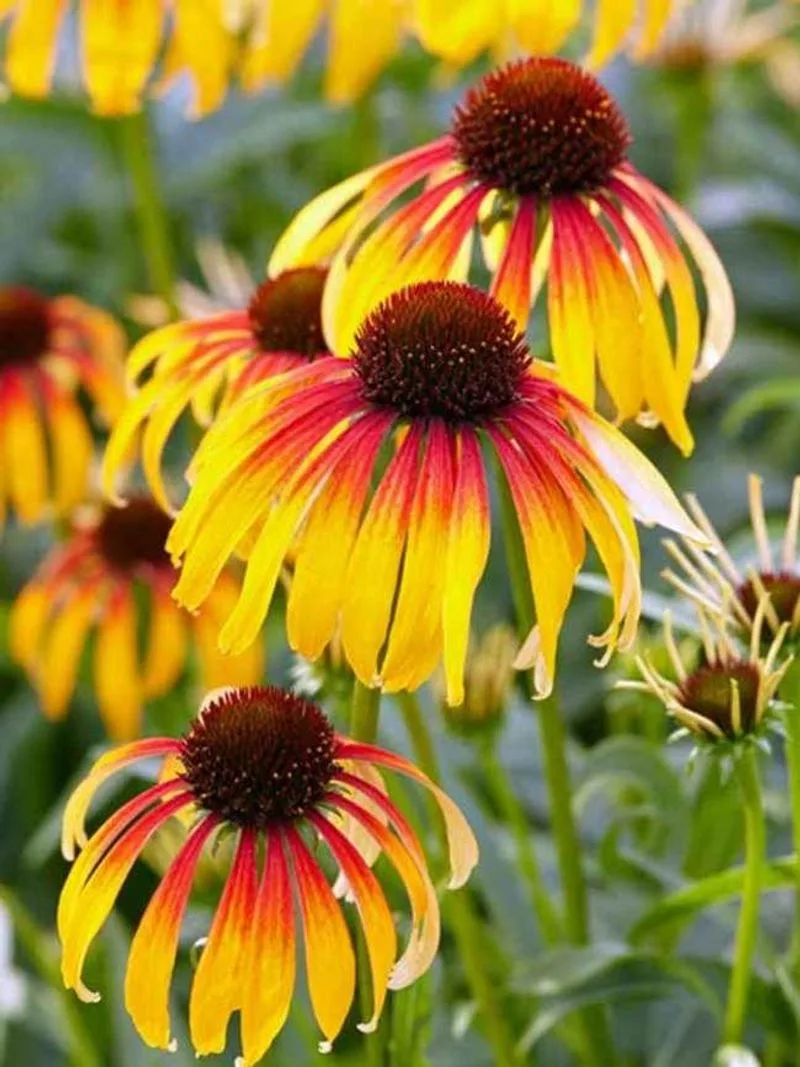
Coneflowers, with their striking, spiky centers and drooping petals, are a favorite among butterflies. These perennials are known for their drought tolerance and ability to thrive in full sun. Their sturdy stems and vibrant colors create a picturesque setting that beckons butterflies and bees alike. Beyond their beauty, coneflowers have medicinal properties and are often used in herbal remedies. By planting coneflowers, you not only enhance your garden’s visual appeal but also contribute to a healthy ecosystem.
Lavender
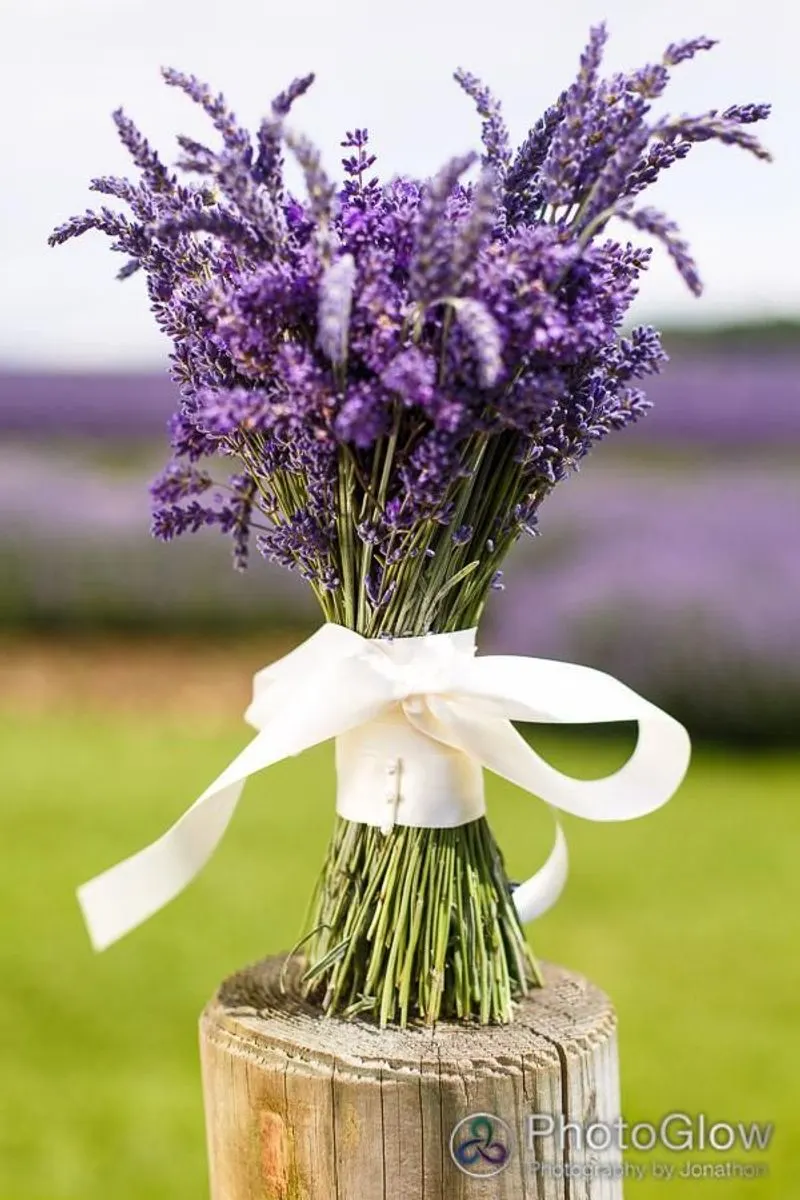
Lavender’s soothing scent and delicate purple spikes make it a timeless garden addition. This perennial herb attracts butterflies and other pollinators with its nectar-rich flowers. Lavender thrives in sunny, well-drained locations, bringing a touch of Mediterranean charm to any garden. Its versatility extends beyond aesthetics, as its flowers can be used in culinary dishes and as natural air fresheners. Planting lavender not only invites butterflies but also fills your outdoor space with a calming fragrance.
Marigold
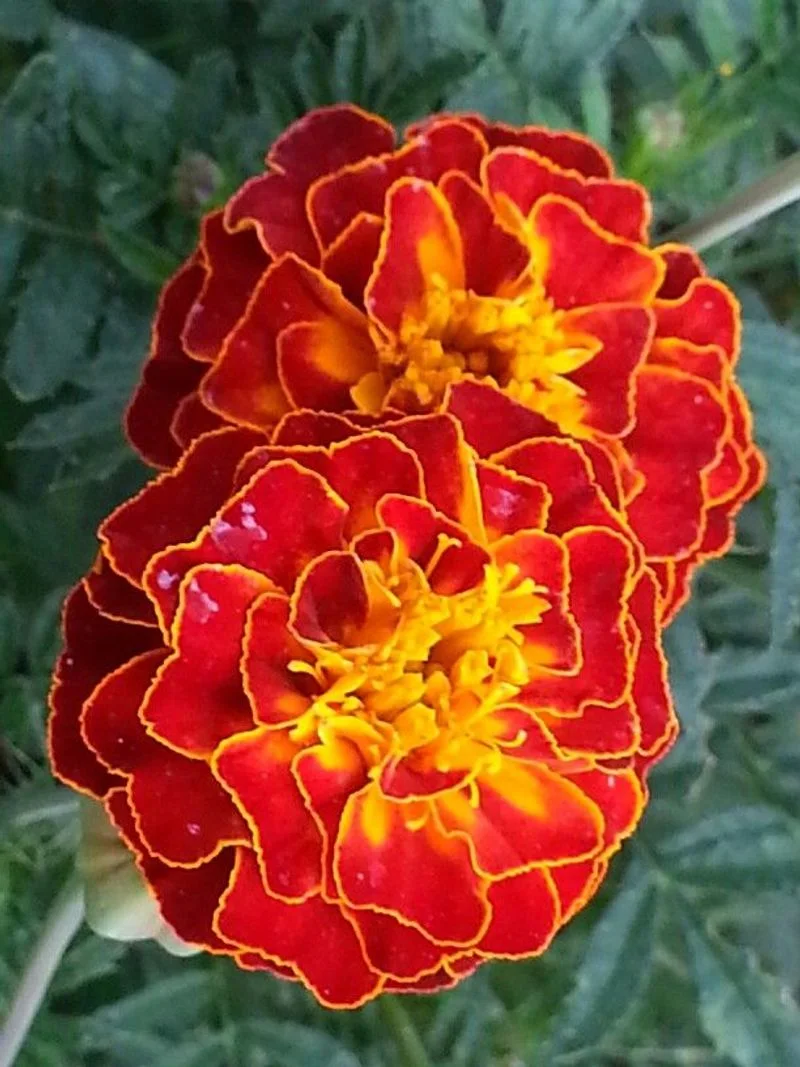
Marigolds are garden workhorses, offering bold colors and pest-repellent properties. Their bright blooms attract butterflies while deterring garden pests, making them a dual-purpose plant. Marigolds thrive in full sun and are easy to grow, providing continuous color throughout the growing season. Available in a range of warm hues, they can add a cheerful pop to any garden bed or container. Their compact size makes marigolds perfect for edging borders or filling small spaces, enhancing the butterfly-attracting potential of your garden.
Phlox
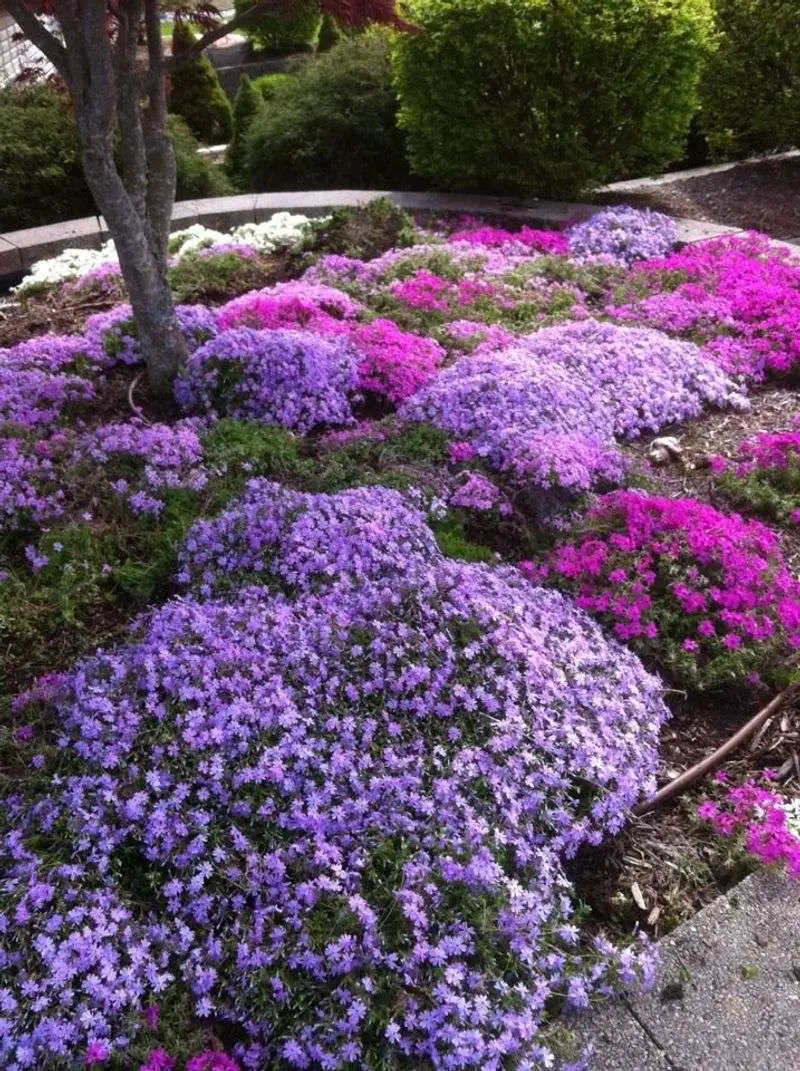
Phlox is a charming perennial with clusters of small, star-shaped flowers that beckon butterflies. Its fragrance and nectar-rich blooms make it a popular choice for pollinators. Phlox can thrive in a variety of soil conditions and partial shade, adding versatility to its allure. With its long blooming period, phlox ensures a steady supply of nectar for butterflies throughout the growing season. Its delicate beauty and sweet scent make it a delightful addition to any garden, creating a welcoming environment for these winged visitors.
Bee Balm (Monarda)
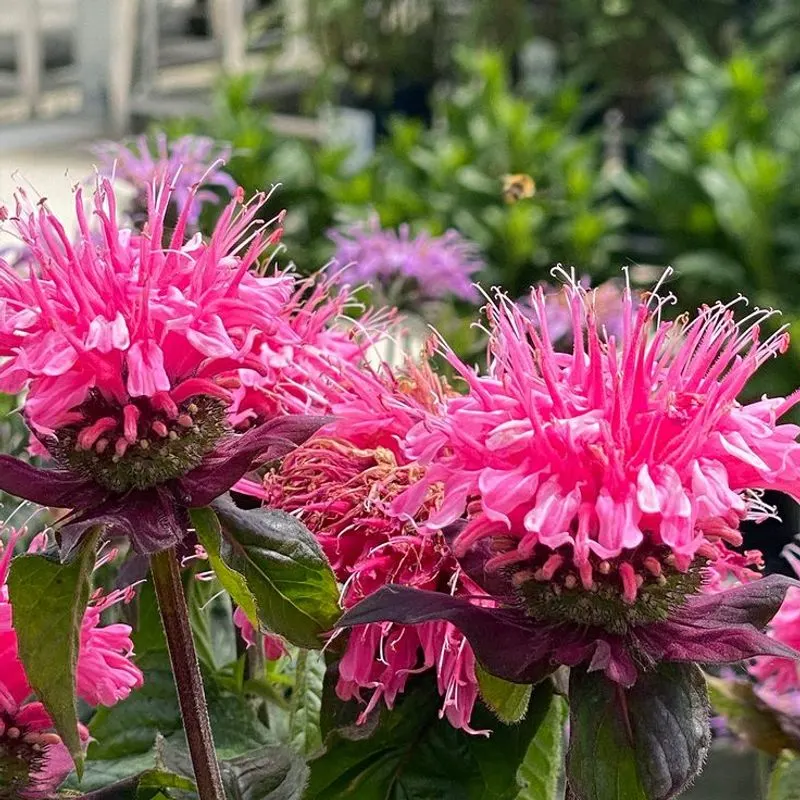
Bee balm, known for its minty aroma and tubular flowers, is irresistible to butterflies and hummingbirds. Its vibrant colors range from red to pink to purple, providing a splash of brightness in any garden. This hardy perennial can thrive in full sun or partial shade, offering flexibility to diverse garden settings. Bee balm’s unique flower shape and rich nectar content make it a valuable addition to pollinator gardens. Besides its visual appeal, bee balm can be used in teas and as a natural remedy for colds.
Aster
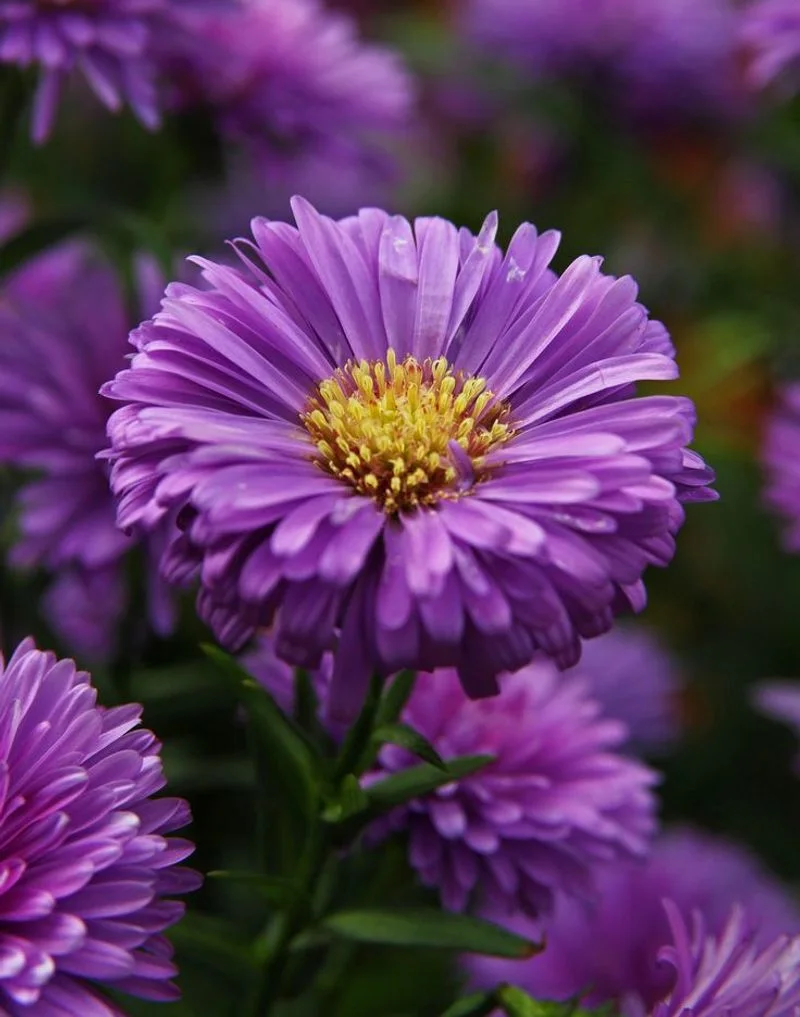
Asters bring a burst of color to the garden just as other flowers begin to fade. Their daisy-like blooms span a spectrum of colors, attracting butterflies well into the fall. Asters thrive in full sun and can tolerate a variety of soil types, making them easy to grow. Their late-season blossoms provide a crucial nectar source for butterflies as they prepare for migration. Beyond their beauty, asters symbolize patience and elegance, adding depth and meaning to your butterfly garden.
Joe-Pye Weed
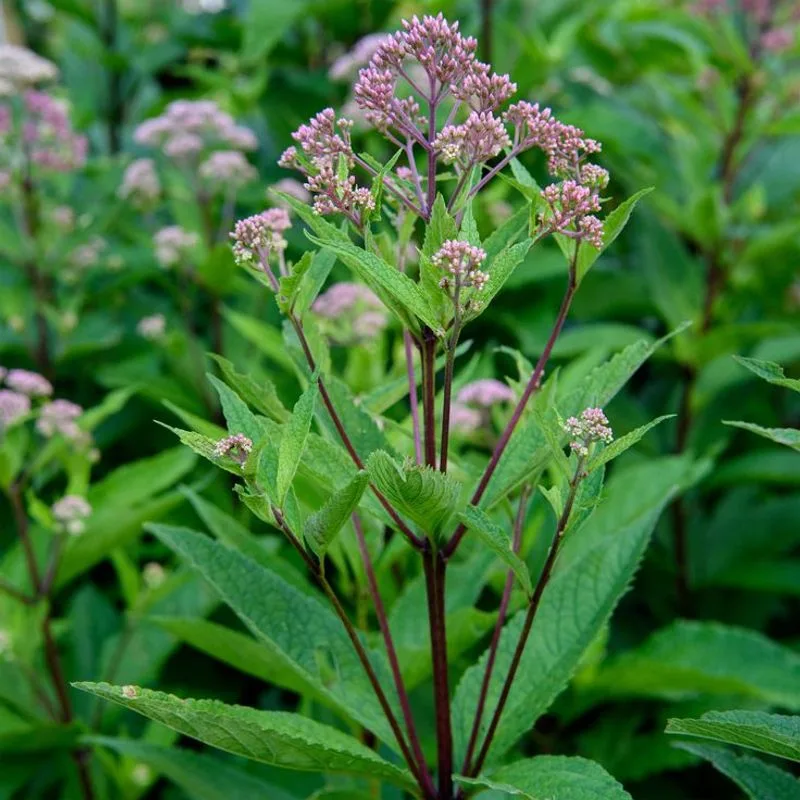
Despite its unassuming name, Joe-Pye weed is a butterfly magnet. Towering clusters of pink flowers create a striking silhouette in the landscape. This perennial thrives in moist, well-drained soil and full sun. Joe-Pye weed’s height and nectar-rich blooms make it a favorite among butterflies, especially in late summer. Its ability to attract a variety of pollinators ensures a lively garden ecosystem. In addition to its wildlife appeal, Joe-Pye weed is valued for its medicinal properties, historically used to treat fevers and kidney stones.
Black-Eyed Susan
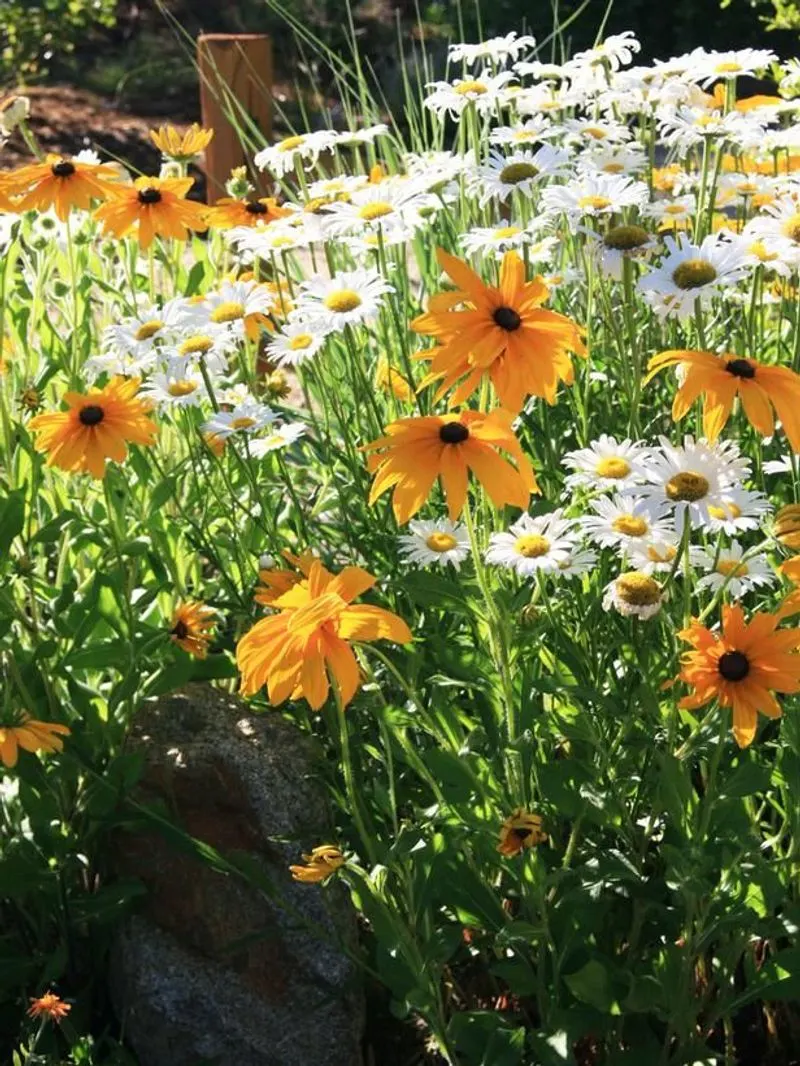
With their sunny yellow petals and dark centers, black-eyed Susans are a staple in butterfly gardens. These hardy perennials bloom from mid-summer to fall, drawing butterflies with their abundant nectar. Black-eyed Susans thrive in full sun and are drought-resistant, making them low-maintenance additions to any garden. Their cheerful blooms not only attract butterflies but also provide seeds for birds in the fall. This dual attraction makes black-eyed Susans a valuable component of a vibrant garden ecosystem.
Verbena
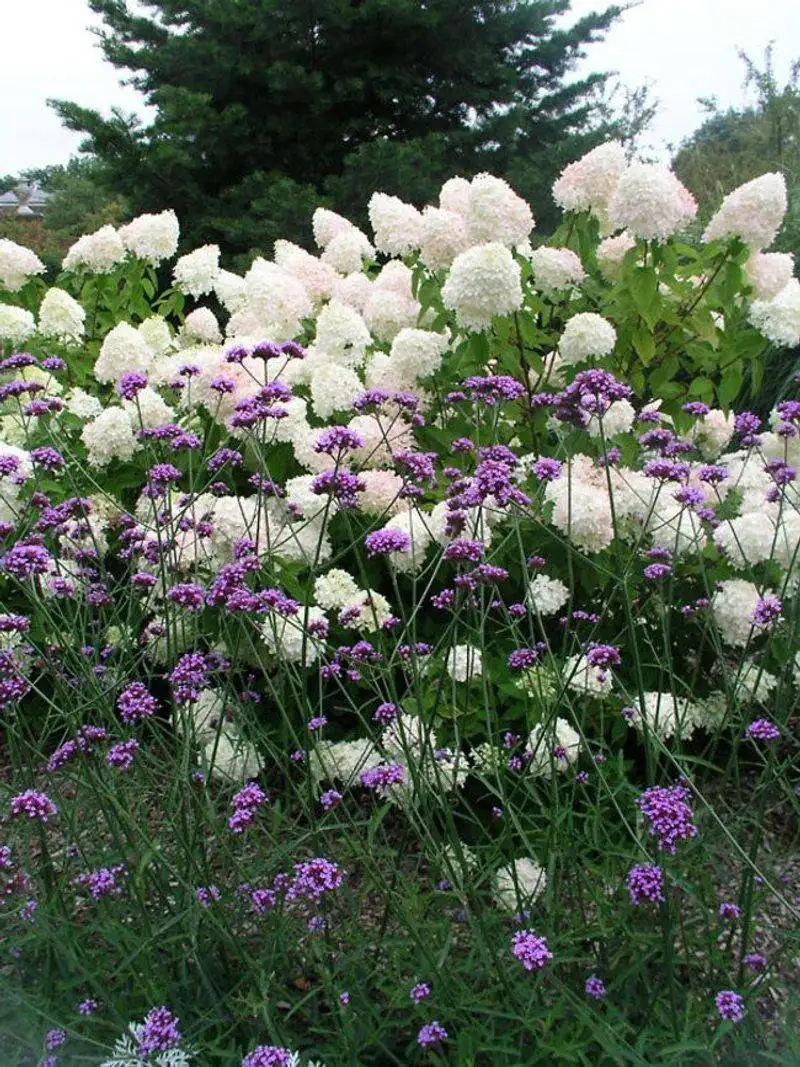
Verbena is a butterfly favorite, offering clusters of small, nectar-rich flowers that bloom throughout the season. This low-growing perennial thrives in sunlit areas and adapts well to different soil conditions. Verbena’s trailing habit makes it ideal for borders, containers, or hanging baskets, adding versatility to its charm. Its continuous bloom cycle ensures a steady supply of nectar, supporting butterflies and other pollinators. Beyond its appeal to wildlife, verbena is valued for its ability to add color and texture to garden spaces.
Salvia
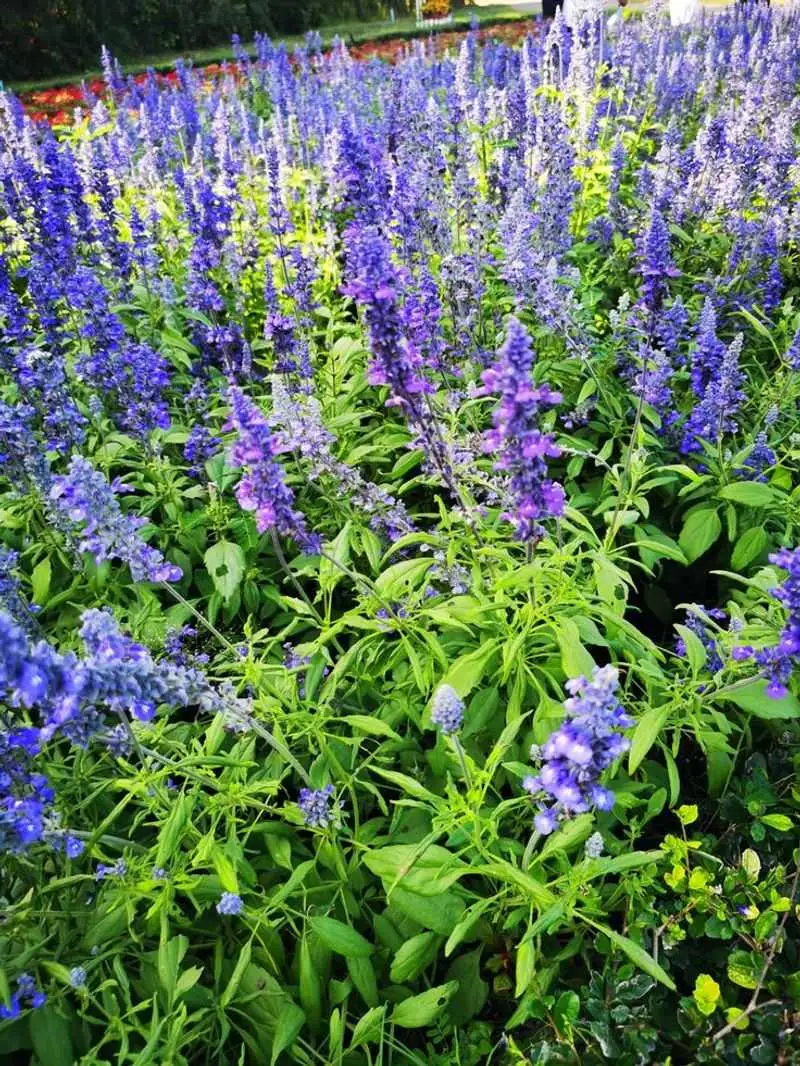
Salvia’s tall spikes of vibrant blossoms are a magnet for butterflies and bees. This perennial blooms throughout the summer, providing a continuous source of nectar. Salvia thrives in full sun and well-drained soil, making it a resilient choice for various garden styles. Its aromatic foliage adds an extra layer of sensory appeal, while its flowers can be used in floral arrangements. Salvia’s ability to attract pollinators and its striking appearance make it an indispensable part of any butterfly-friendly garden.
Goldenrod
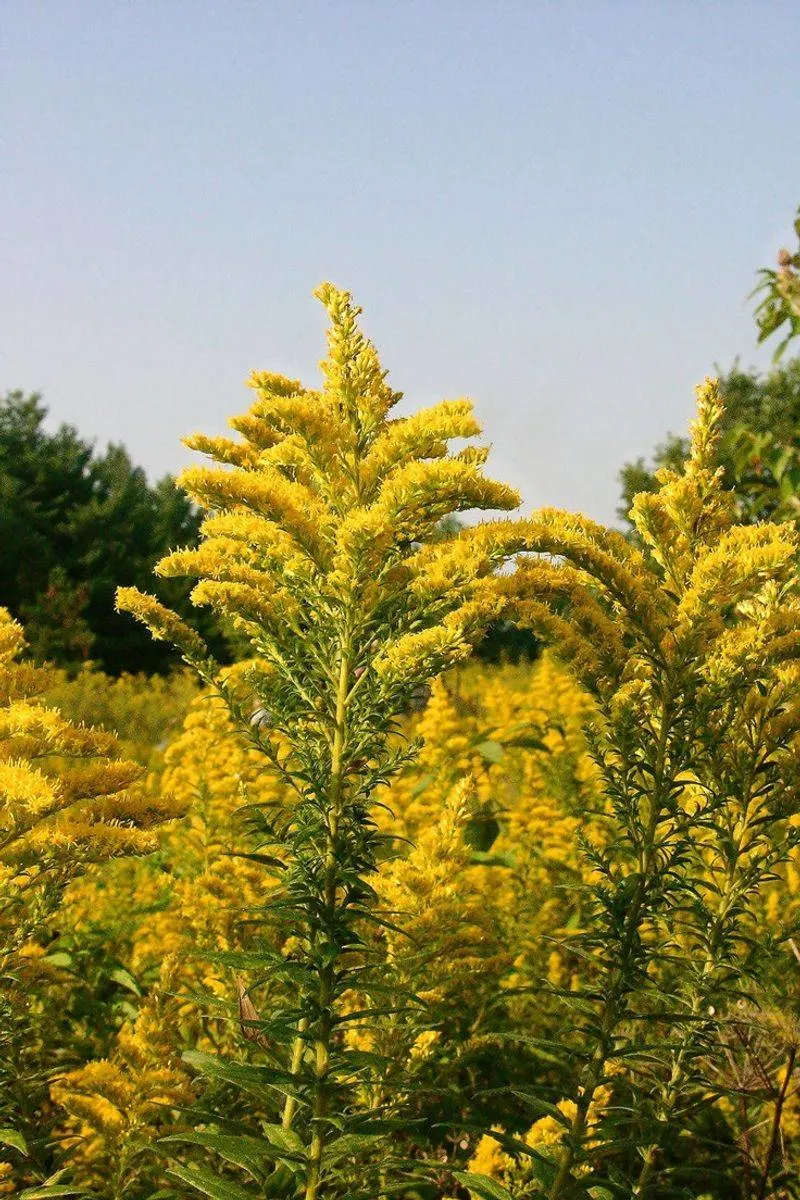
Goldenrod’s sunny yellow plumes are often mistaken as the cause of seasonal allergies, yet these blooms are actually insect-pollinated. They serve as a vital nectar source for butterflies and bees in late summer and fall. Goldenrod thrives in full sun and well-drained soil, providing a bright backdrop in naturalized gardens. Besides attracting butterflies, goldenrod supports a range of beneficial insects, contributing to a balanced ecosystem. Its vibrant presence ensures that your garden remains lively and appealing well into the cooler months.
Hollyhock
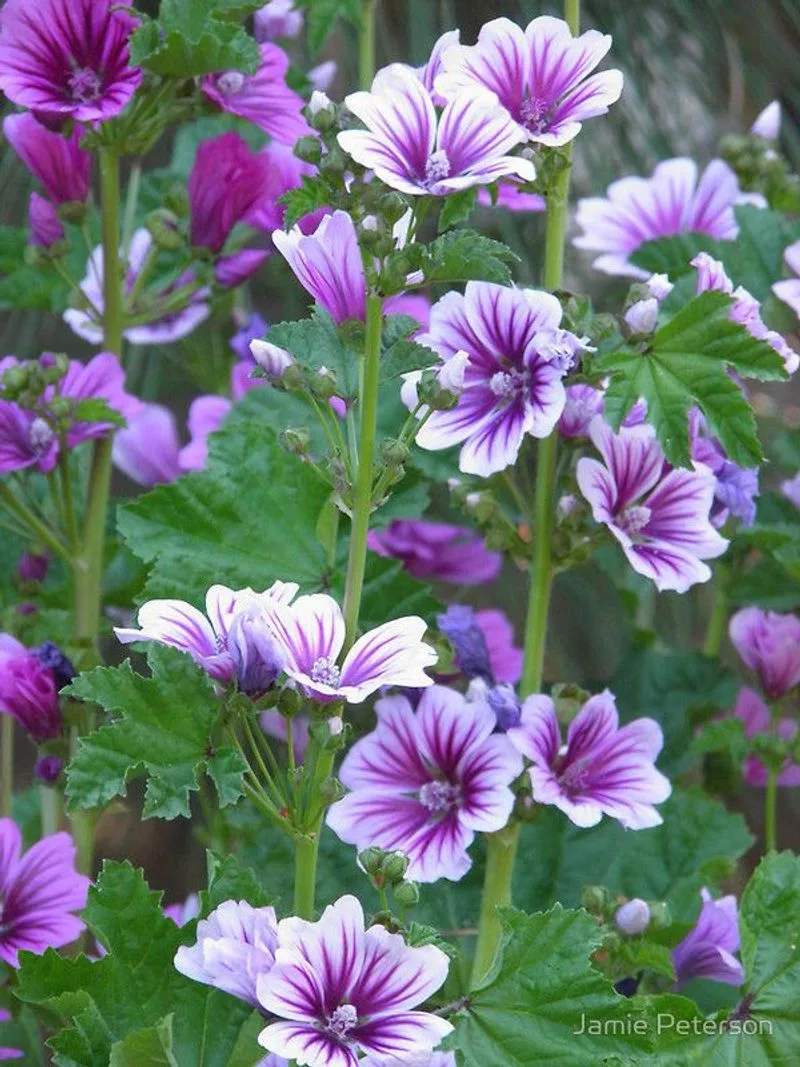
Hollyhocks stand as stately sentinels in the garden, their vertical spikes draped with large, colorful blossoms. These biennials or short-lived perennials attract butterflies with their rich nectar and vibrant display. Hollyhocks thrive in sunny, sheltered spots, offering a touch of cottage garden charm. Their towering height and wide range of colors make them ideal for creating visual interest along fences or walls. Besides their beauty, hollyhocks have historical significance, once used in traditional remedies for inflamed skin and sore throats.

